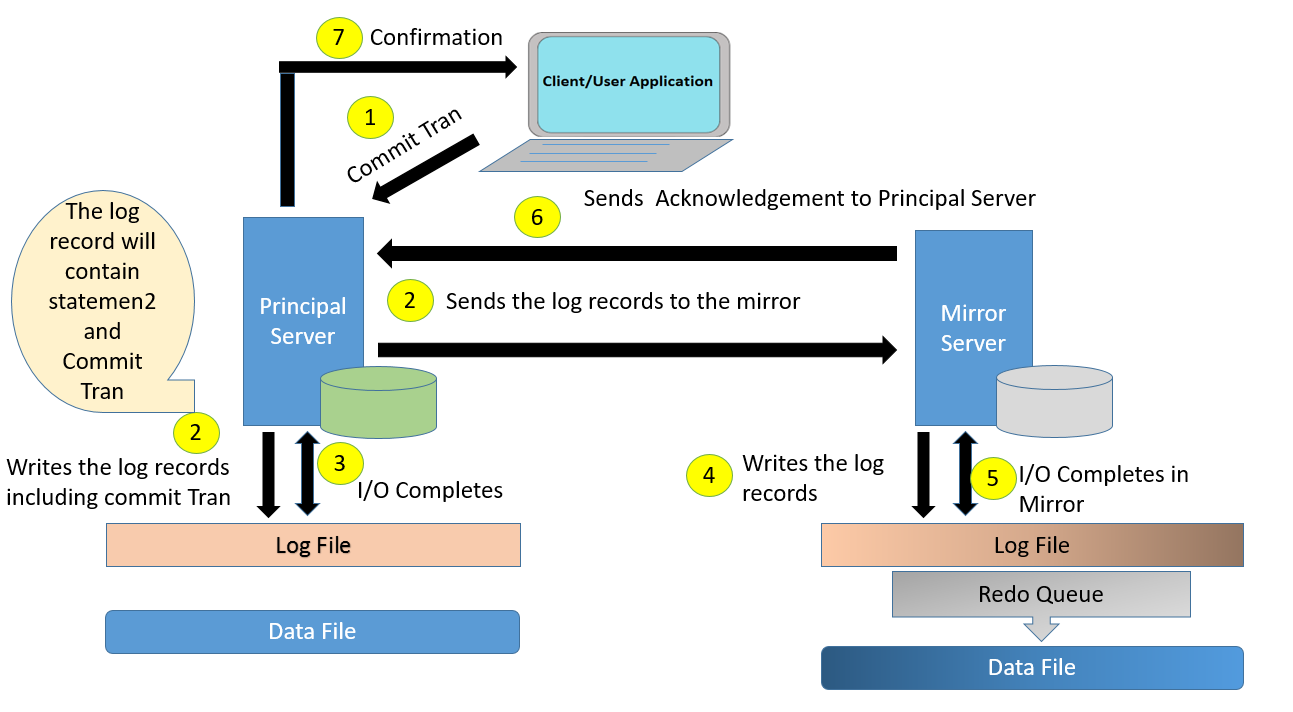
At the appropriate time, the users can be redirected to the active server. When the active server has been restored, MirrorSync will upload the current version of the data to the active server, effectively the backup solution working in reverse. The system is configured so that when the server fails, all the users need do is to log in again in the usual manner and they will automatically be transferred to the backup server. This approach means that in the event of a server failure the users can automatically connect to the backup server and carry on with their workloads with minimal interruption and with minimal loss of data, (minutes not hours). Through data replication, you can ensure server reliability by balancing loads and handling server failure.Ĭompass Data has used MirrorSync for Database synchronisation in several client solutions to connect active servers with backup servers ensuring constant updates to the backup with real time data so that the two are as closely matched as possible. Using MirrorSync to cluster FileMaker servers running side-by-side can increase server availability for your mission critical solution. MirrorSync enables the synchronisation of multiple FileMaker servers (as well as SQL to SQL Servers and FileMaker Server to SQL Server) for not only Disaster recovery but also for load balancing, clustering or to speed up slow connection to your Database Server for a distributed workforce. What would the impact be on your business if this happened?Ī safer and more secure option would be to utilise data synchronisation technology to ensure that you always have a near real time copy of the data ready and available on a secondary server ensuring any server failure can minimise the data loss to as little as minutes.Ĭompass Data use Mirrorsync to achieve this.

Of course, this means that a day’s data is lost.


#MIRRORSYNC DATABASE NAME HAS A SPACE PRO#
How do you ensure that a system failure doesn’t bring your business to a halt? What would the impact be to your business if you lose your business systems? How much, time and therefore revenue is lost when staff cannot work? According to Datto, a small to medium business can lose £130 per minute when systems are down typically resulting in a loss of £8,000 in revenue.Īccording to IT Pro approximately 36% of system failures are due to server hardware failure and often this is the thing that takes the longest to fix.įollowing several surveys carried out by organisations such as IT Pro and Security Magazine, it seems that only 51% of organisations have any form of IT disaster recovery plan in place so what do they do in the event of a failure? Not having a plan can turn the delay in restoring the system into days, can your business survive that?įileMaker provides the ability to take daily backups so should the server go down, once the server is restored, (which can take hours or days depending on the replacement’s availability), the system can be restored using yesterday’s data. Using database synchronisation protects you from lost business in the event of a server failure


 0 kommentar(er)
0 kommentar(er)
